Changing the Conversation: gUN COUNTRY
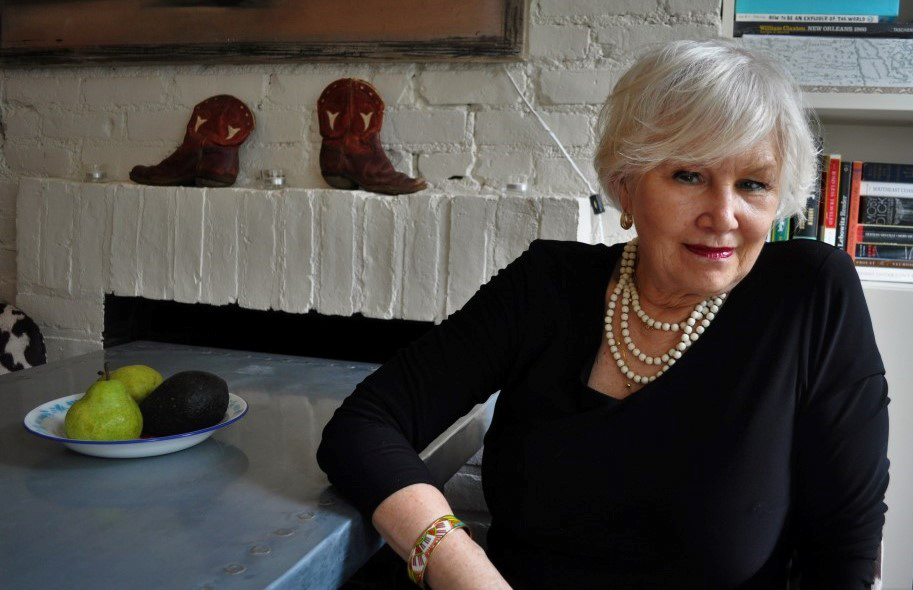
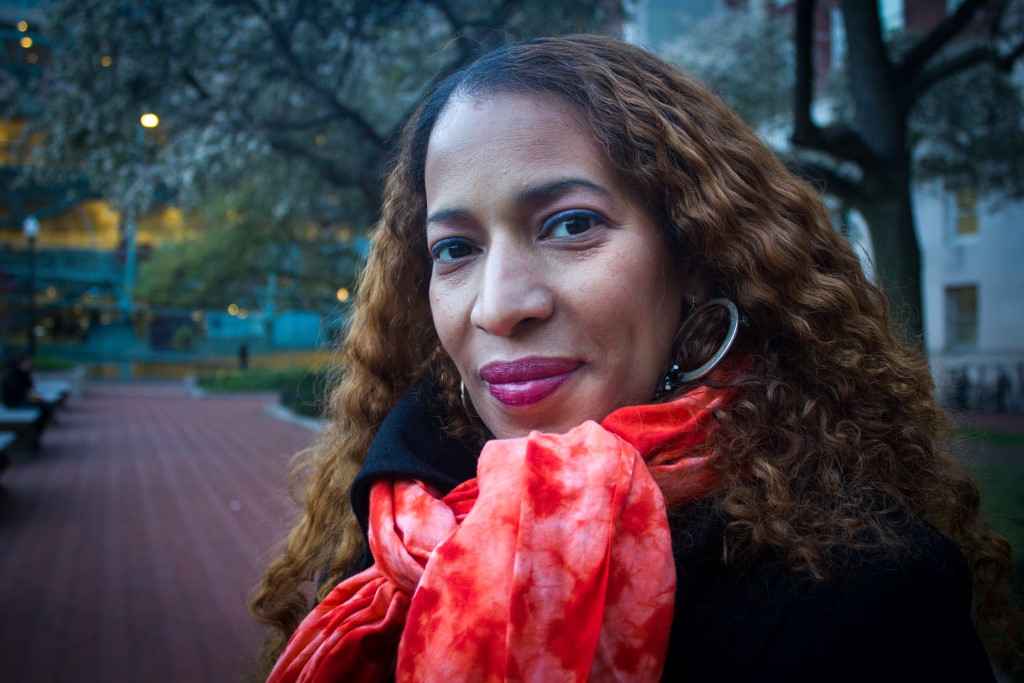
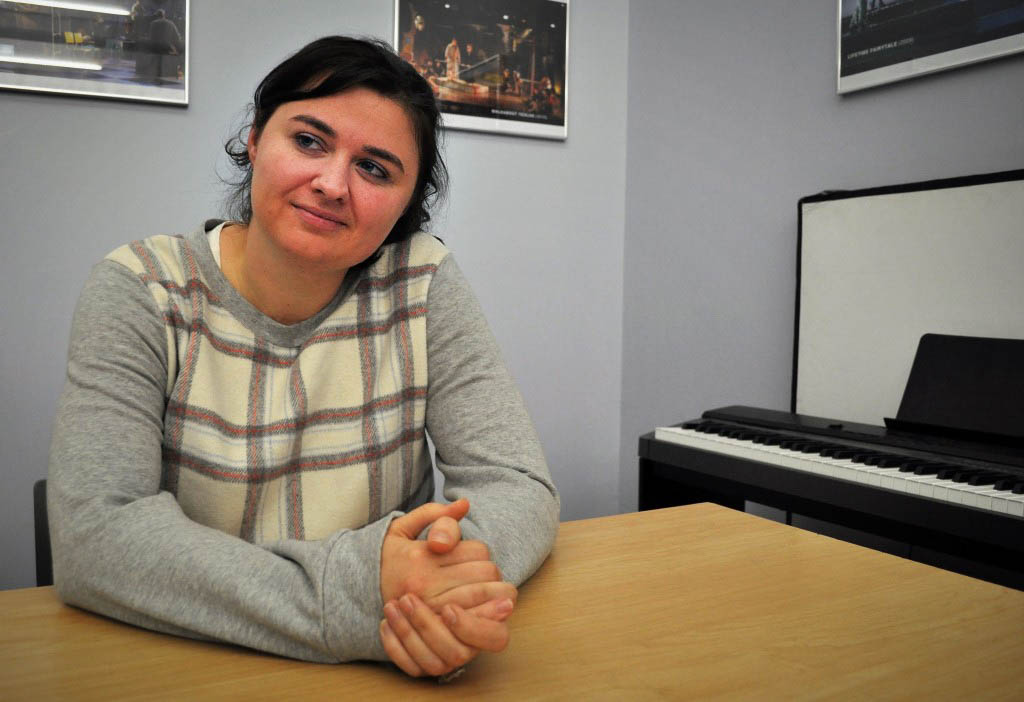
The dog was the first to hear the intruder. Sweetie, the Jack Russell Terrier, marked his presence with a low growl and roused Brenda Currin from her sleep. She lay in bed with her eyes fixed in the darkness. She thought of her friend’s loaded revolver in the top drawer of the nightstand. But once she rose, Currin inched toward the danger without it. For what felt like an eternity, she paused in the doorway her mind racing between gun or no gun.
The question remains fresh on her mind as if it had happened yesterday: gun or no gun? She can’t explain what made her move past the doorway empty handed that Christmas night in 2002, but when a shadowy figure lunged toward her and the lights were snapped on to reveal a drunk, disoriented, and terrified 17-year-old, Currin was eternally grateful she did not have a gun in her hand.
“I could have easily killed this boy,” said Currin. She paused for a long quiet moment as if she was mulling the scene over in her head. “I don’t think I would have gone to prison, but it would have been the central suffering of my life.”
According to the Pew Research Center, the top reason American gun owners say they own a gun is for protection, for experiences like Currin’s when a stranger creeps into their home. But just as easily as a gun can be lifted and a trigger pulled, an innocent life can be lost.
Someone dies from gun violence every 16 minutes in America. And each bullet creates ripples. Even a gun that is never fired has an effect. To explore those stories, Houses on the Moon, a New York-based theater company, hosted a series of storytelling workshops on gun violence, with a range of participants. Houses on the Moon sought people whose lives have been touched by guns, and worked with them to shape their stories. From the workshops emerged gUN COUNTRY, a theatrical exploration of firearms in America. The production includes several monologues and a play based on the relationship of two of the participants. Caroline Spivack of NY City Lens spent time with a number of participants. more >
Changing the Conversation: Reclaiming the Streets
The Release the Grip team knew the drill. An oversized map was spread out on the conference table in their Morrisania headquarters. The six of them leaned over it, focusing in on the area marked with a red rectangle as they decided their route.
“We definitely have to hit 169th and Morris,” said Michael “Love” Rodriguez, who was sitting at one end of a large white table in a black computer chair. “That’s where the other shooting was.”
“So we stop here, do what we do right here for a little quick second, and then we go past College down to Clay,” said Aliano Reyes, tracing his finger over the route on the map as he spoke. “And this is where we are really going to focus on here.”
Reyes pointed to the intersection of 169th Street and Clay Avenue near where Bronx resident Rahmel Johnson, 30, was gunned down early in the morning on April 23 outside a house party. Johnson was rushed to Bronx Lebanon Hospital, where he died of a wound to his chest. That same morning there was another shooting just blocks away on 169th Street near Morris Avenue, with no fatalities.
After every act of gun violence in their area, be it a murder or an incident—or both in the case of this day in late April, Release The Grip, a city-funded violence prevention group, counters with a shooting response—an event where supporters gather, march to the crime scene, and speak out, denouncing violence and calling for change. This was the fourth time that Release The Grip has done so this year.
The concept of the shooting response and Release The Grip’s program stem from a program model called Cure Violence. Developed in Chicago by Dr. Gary Slutkin, former head of the World Health Organization’s Intervention Development, the model treats violence like an infectious disease. Cure Violence centers around detecting conflict, “treating” those who are high risk for violence, and changing the way a community views violence. Since its inauguration in 2000, Cure Violence has been used around the world from Basra, Iraq to Baltimore, Maryland. more >
Both Sides of the Gun
As head of the South Jamaica chapter of Cure Violence and as founder of Love Ignites Freedom Through Education, a youth camp, Erica Ford leads by example, teaching parents, shooters, victims and children how to cope with their feelings and to to help them deal with the fall out from gun violence.
“We teach people not to hang on to that anger anymore, that eats you, that ruins your life,” she said.
Her organization encourages participants to receive regular counseling and therapy to help them to heal. The South Jamaica group offers a range of youth programs, including emergency response teams who speed out to shooting scenes to prevent retaliation by the victims’ family and friends, anger management classes, even yoga classes. more >
Credible Voices for Change
Release The Grip outreach workers talk about violence in the neighborhood, the choice between the cell or the coffin, and why they’re part of the cure.
Michael Rodriguez, Outreach Worker
Taneka Seldon, Outreach Worker
South Jamaica chapter of Cure Violence
“We have to try to understand the people on both sides of the gun. They are both human beings, both victims. They both need help because hurt people hurt people.” — Erica Ford

Fun Lovers and Gun Sense
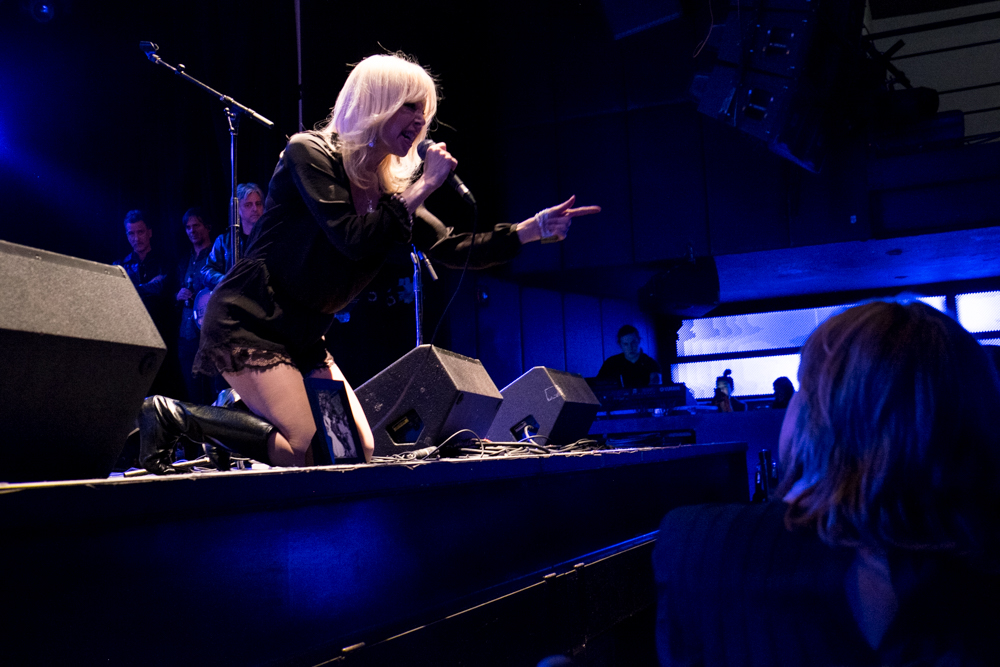
It’s not often that anti-gun violence rallies and laughter go hand-in-hand, but that combination was exactly what Dan Gross, president of the pro-gun regulation group, the Brady Campaign to prevent Gun Violence, was looking for.
“We have limited capacity to cry, to argue, to scream, but our capacity to have fun is unlimited,” Gross said. “It gives us stamina to fight and stick it to those craven politicians.”
Fun Lovers Unite: Music, Comedy and Gun Sense, a benefit with proceeds going to the Manhattan chapter of the Brady Campaign to Prevent Gun Violence, entertained guests in a packed Highline Ballroom on a Wednesday night. The line-up included music acts Tammy Faye Starlite, Bambi Kino, and Yo La Tengo; comedians Janeane Garofalo, John Hodgman, and Jon Glaser; and actresses Emily Mortimer and Dolly Wells.
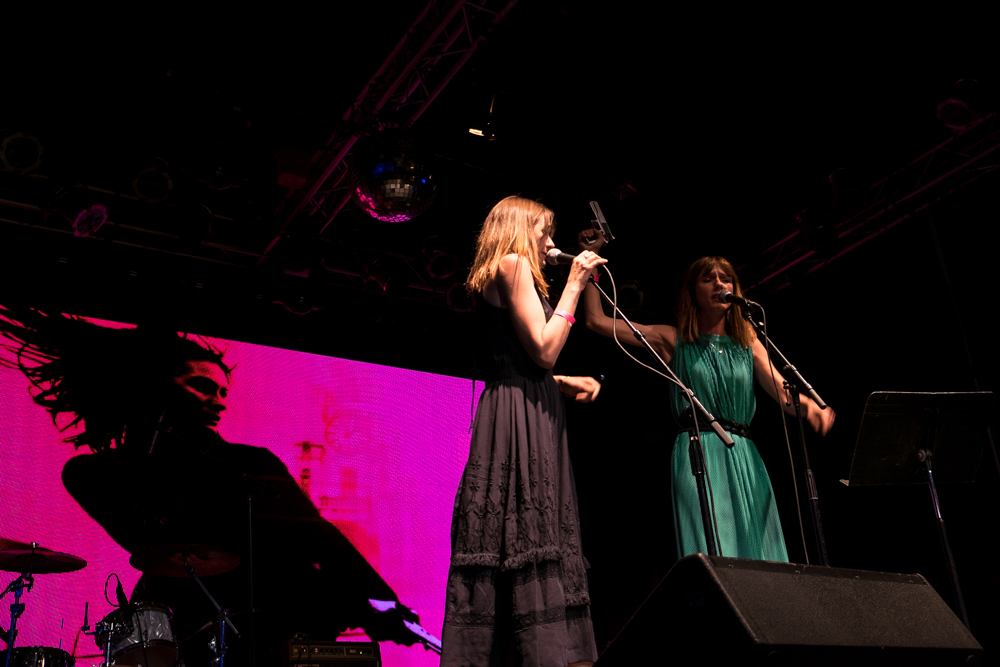
Gross stood on stage next to his brother, who survived being shot in the head 19 years ago during a terrorist attack on the observation deck of the Empire State Building that wounded six and killed one. Gross explained that the Brady Campaign is not anti-second amendment, but rather pro-sensible gun laws, advocating for universal background checks and more efficient gun policies to stop trafficking and sales of illegal firearms.
One of the producers of the event, Maccabee Montandon, lost his brother in 1992 to gun violence during a botched robbery on South Detroit Street in Los Angeles. A Tweet from January 2016 by Montandon said that he didn’t believe having a gun would have saved his brother’s life. more >
Metal Detectors in Schools: Safety vs. Stigma
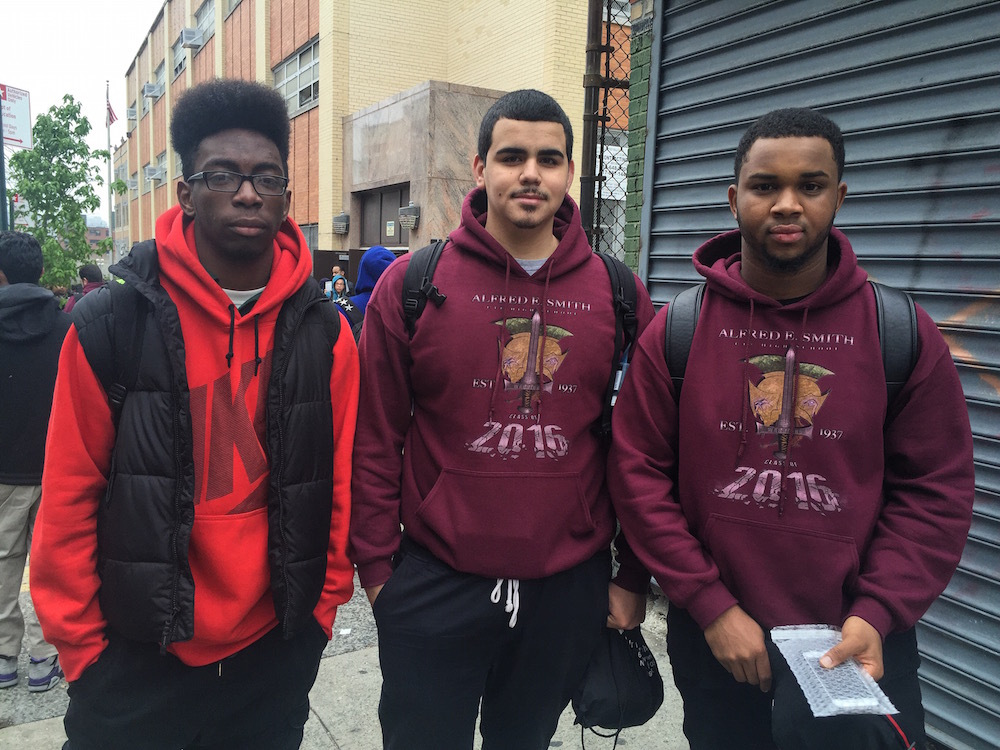
Kenny Flores, Dennis Belen Morales, and Mamadou Diallo. Photo: Natasa Bansagi.
Before first period begins at 8:09 a.m., Dennis Belen Morales, Kenny Flores, and Mamadou Diallo pass through metal detectors at Alfred E. Smith Career & Technical Education High School in the Bronx. They don’t like it, but it’s been part of their routine for nearly three or four years now.
“I’ve never felt safe because of a metal detector,” said Belen Morales, 19.
Indeed, between March and early April, students were reported to have brought guns to city schools at least four times: twice in Jamaica, Queens, once in Brooklyn, and once on the Upper East Side. Not every school in New York City has metal detectors, of course. But plenty do. According to a representative from the Department of Education, about 88 school campuses and 300 separate schools use them full time or part time. Any middle or high school, however, may be randomly scanned, the representative said.
Not everyone appreciates the presence of these scanners on school premises. Differing opinions exist and they’ve trickled all the way up to the mayor’s office. In July 2015, the Mayor’s Leadership Team on School Climate and Discipline issued a report called “Safety with Dignity” that recommended putting measures in place to “improve the scanning process and remove scanners where appropriate.” For example, the report found that there are currently no written instructions on adding or removing scanners in schools, and recommends creating such guidelines. more >
A Cop Fires. A Boy Drops His Gun. It’s a Toy
Twenty two years later, an angry father struggles with his son's shooting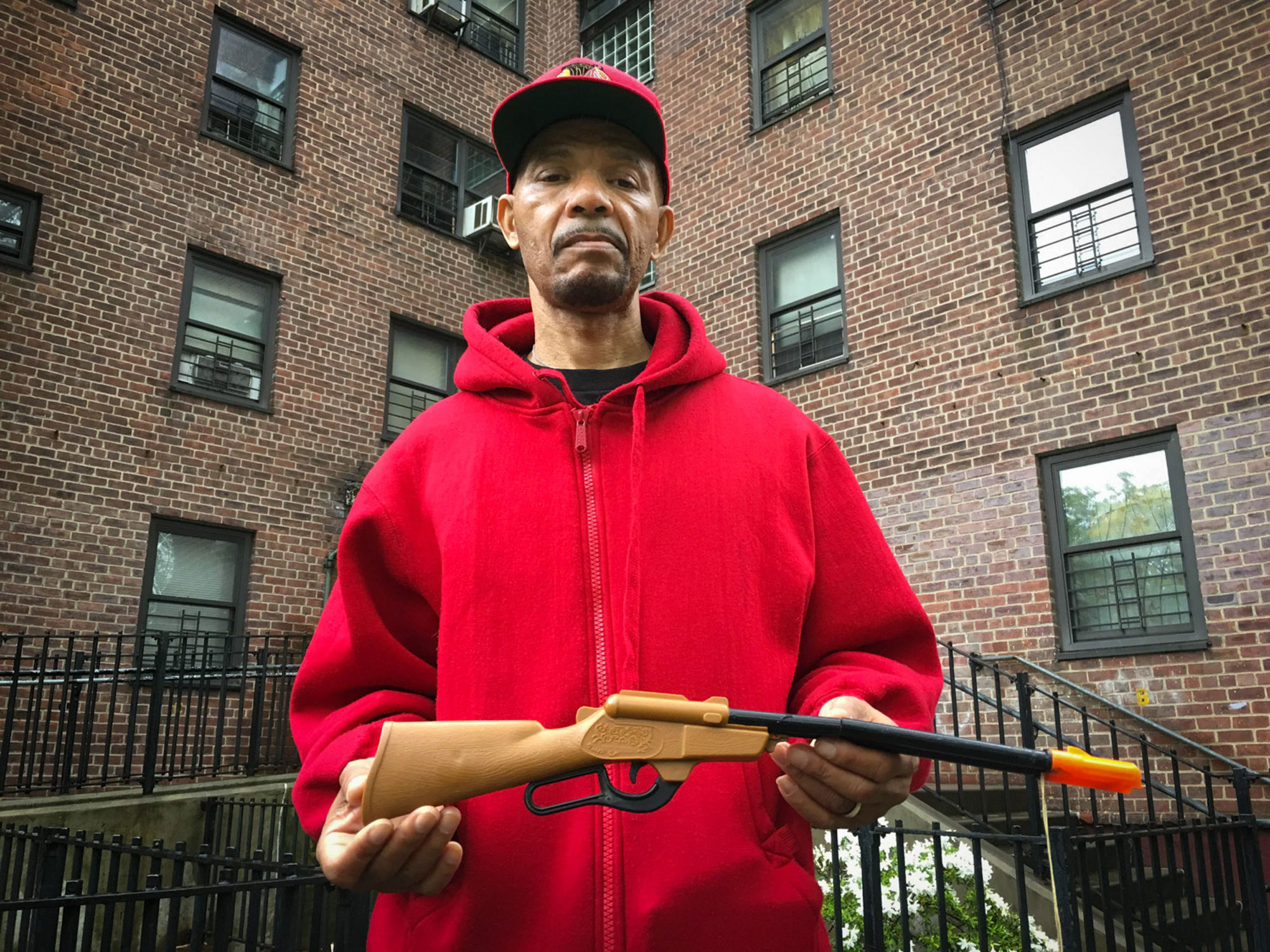
Nicholas Heyward Sr., 58, remembers the night. It was a warm Tuesday in 1994 and the sun had yet to set. Neighborhood children trickled in and out of the Gowanus Houses, the Brooklyn housing project where he lived, answering their parents’ calls, while others stayed outside to enjoy the remainder of a beautiful fall day.
Heyward’s thirteen-year-old son, Nicholas Naquan Heyward Jr., was one of those few. His friends had called to him from outside to play a quick game of cops and robbers. After finishing his homework and begging permission to go out, the Nathan Hale Middle School student was ready.
The game was easy and uniformly divided: five cops and four robbers. One of the boys had gotten the toy guns from the Atlantic Antic, an annual parade that takes place on one of the adjacent streets to their homes. Throughout the evening, the boys laughed and joked as they ran throughout the 423 Baltic Street projects, including up on the building’s scenic rooftop—this was their playground.
On the ground below, a 23-year-old housing officer by the name of Brian George reported for a routine patrol.
By 3 a.m. the next morning, Heyward Jr. would be dead.
Over the last twenty-two years, New York City has seen 63 fake-weapon deaths. Last year, New York State attempted to do something about the problem, passing a law requiring that retailers selling toy guns make them look more like toys. more >
